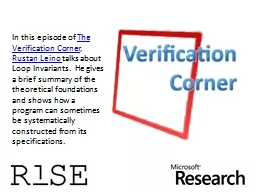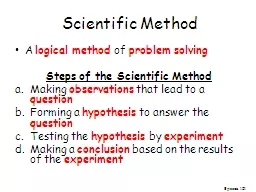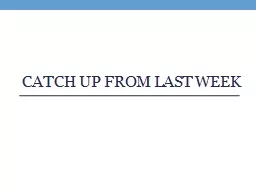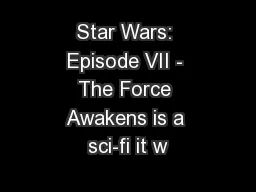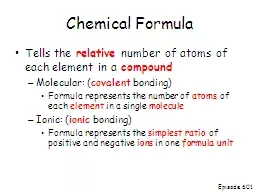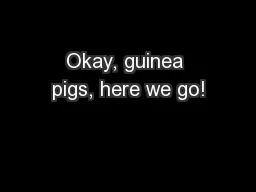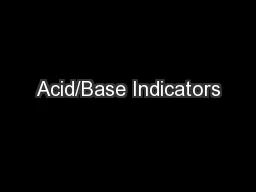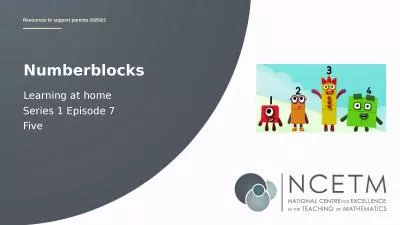PPT-In this episode of
Author : celsa-spraggs | Published Date : 2017-03-13
The Verification Corner Rustan Leino talks about Loop Invariants He gives a brief summary of the theoretical foundations and shows how a program can sometimes
Presentation Embed Code
Download Presentation
Download Presentation The PPT/PDF document "In this episode of" is the property of its rightful owner. Permission is granted to download and print the materials on this website for personal, non-commercial use only, and to display it on your personal computer provided you do not modify the materials and that you retain all copyright notices contained in the materials. By downloading content from our website, you accept the terms of this agreement.
In this episode of: Transcript
Download Rules Of Document
"In this episode of"The content belongs to its owner. You may download and print it for personal use, without modification, and keep all copyright notices. By downloading, you agree to these terms.
Related Documents

